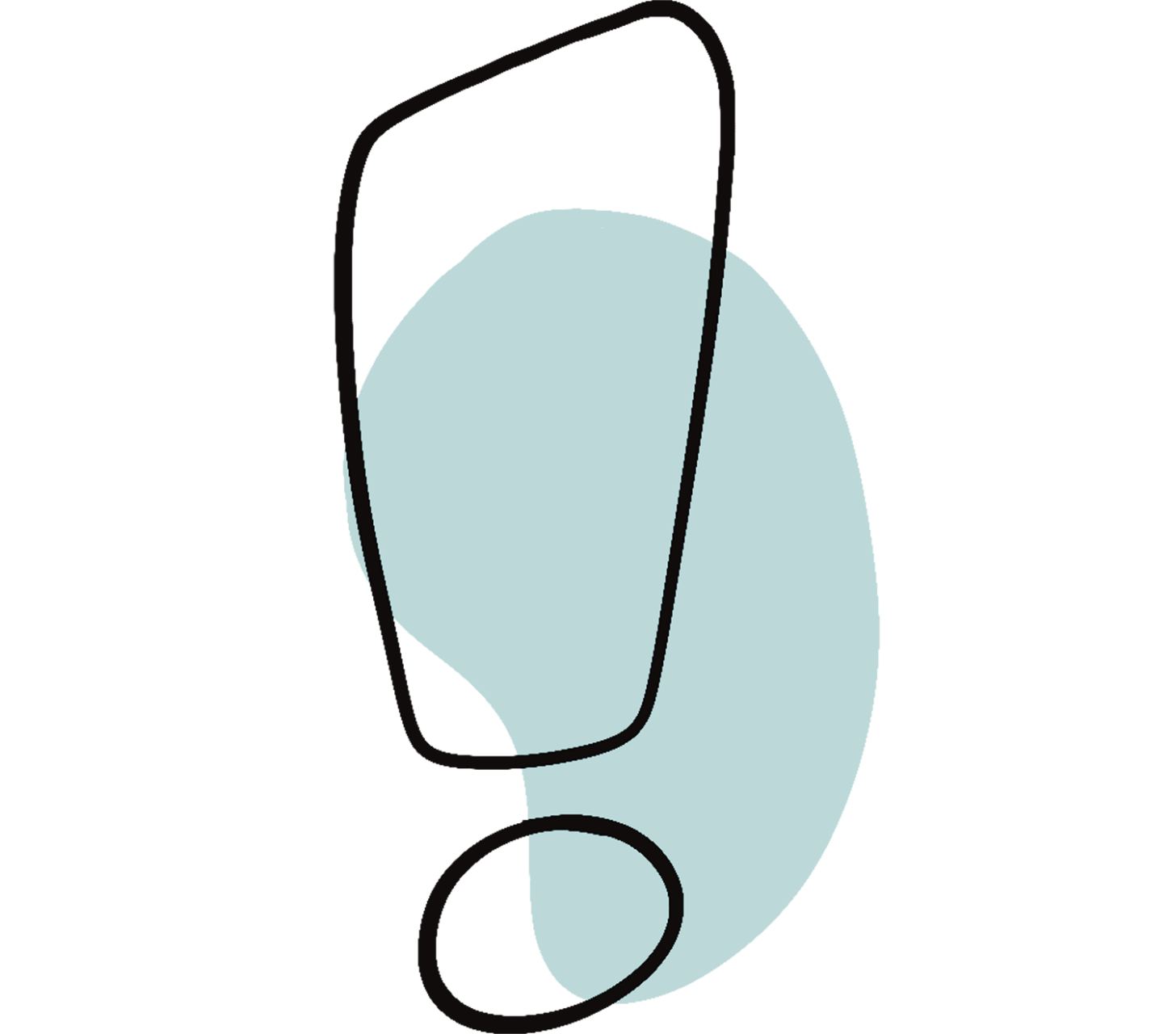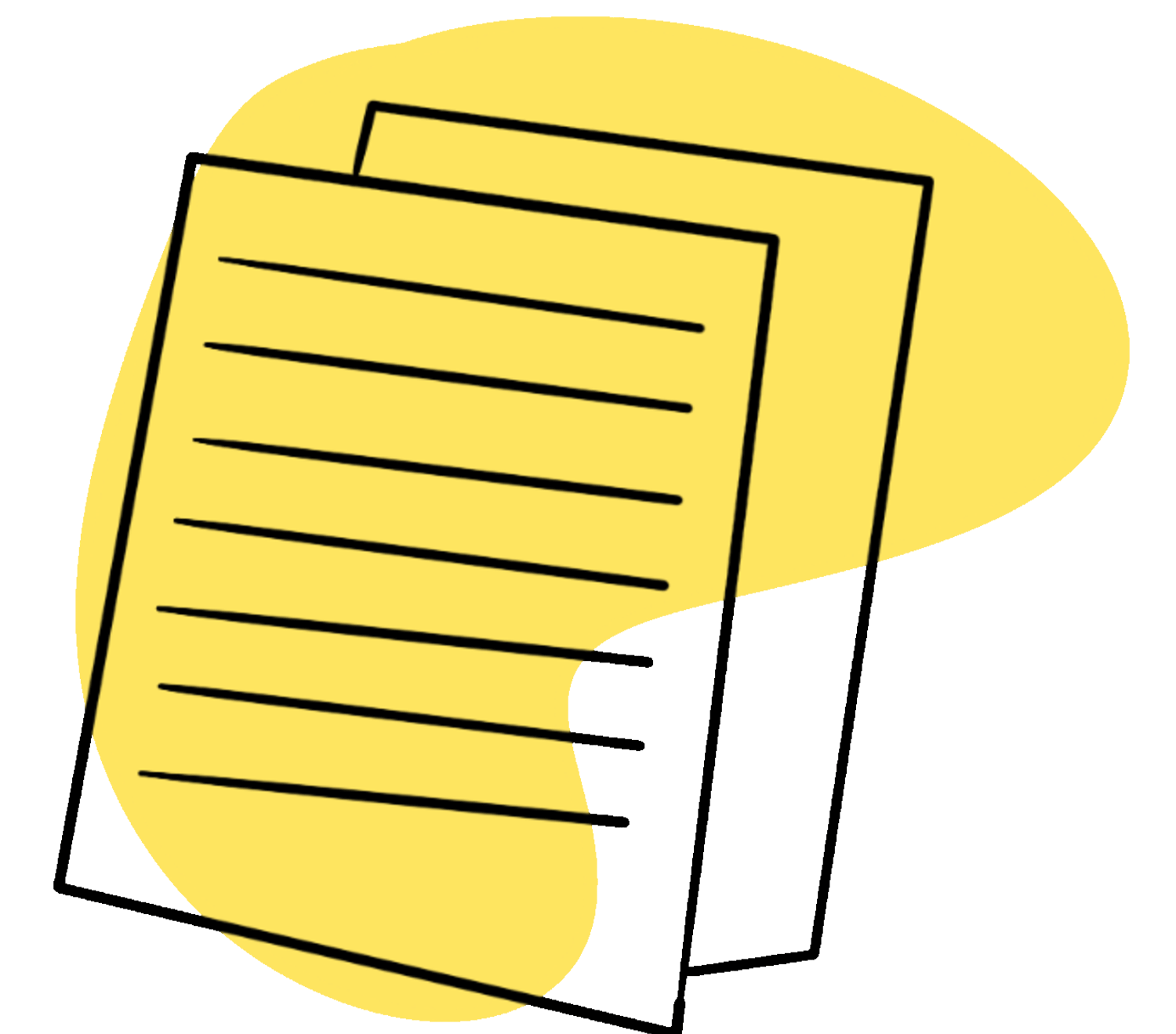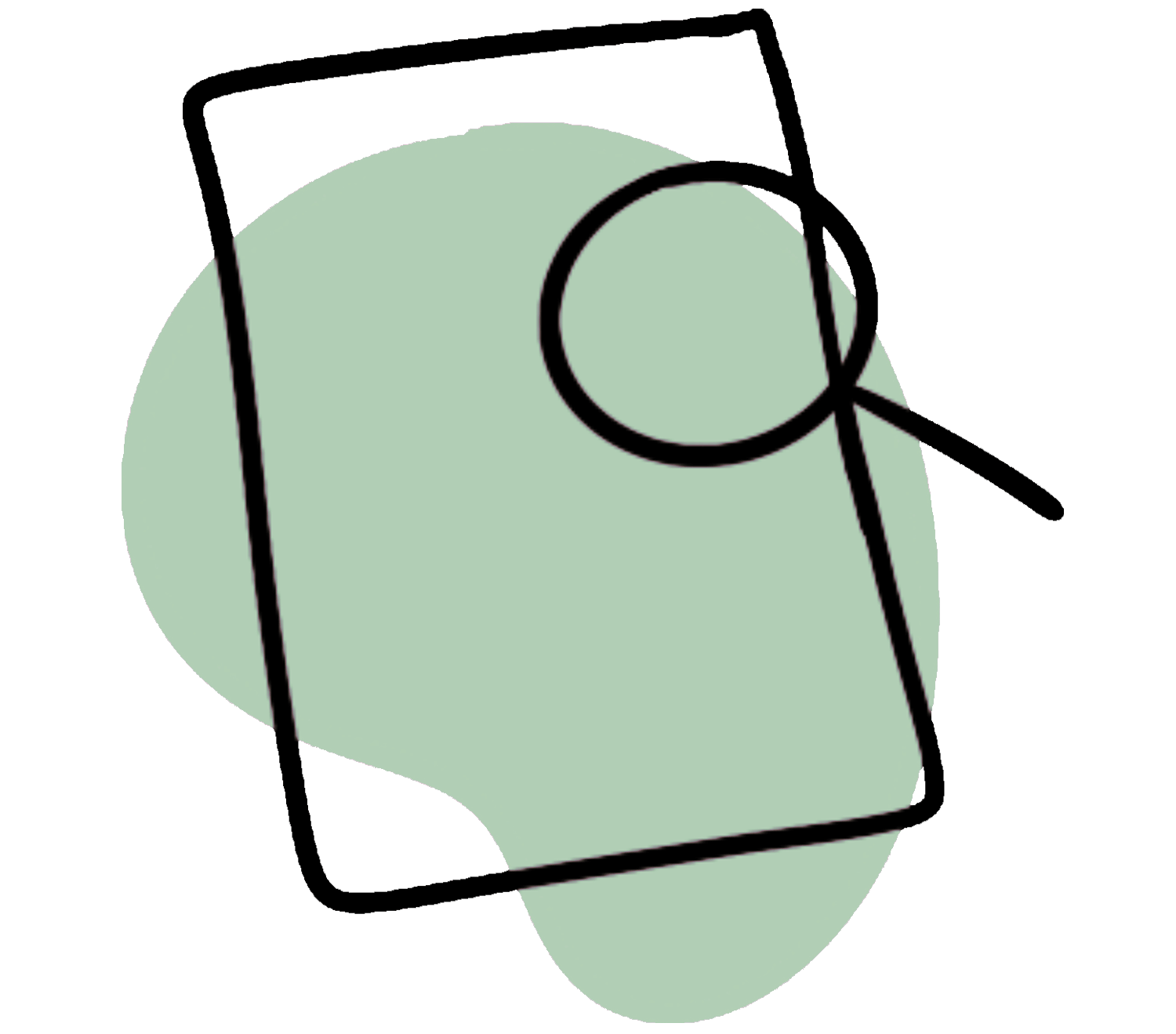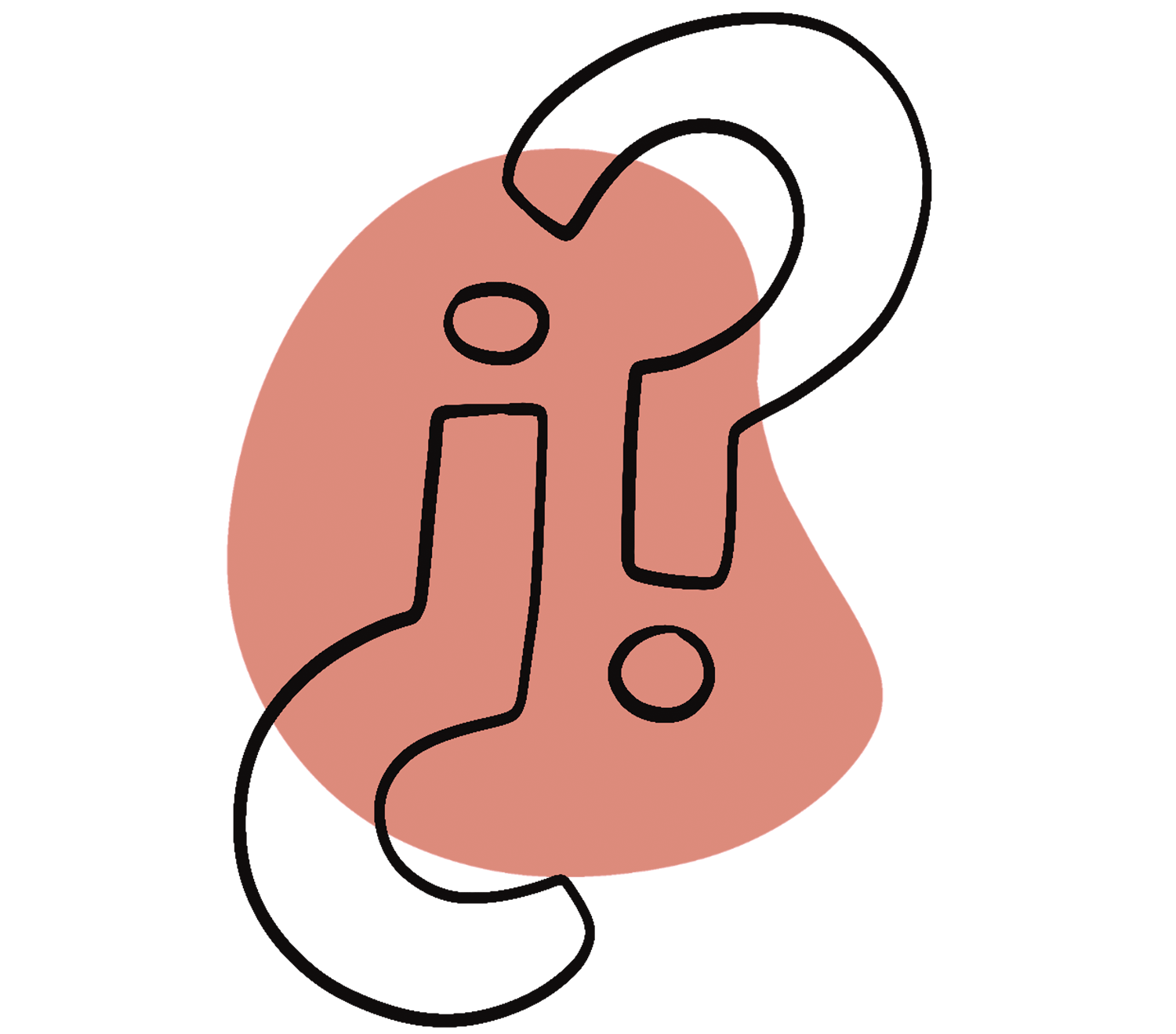Basically, when you quote indirectly, the extent of the quote must be clearly indicated – that is, it must be clear where the quote begins and ends. It is usually not sufficient to simply list the source at the end of a paragraph or chapter.

If you quote longer passages from a source, it would be correct but not necessarily elegant or common to repeat the source after every sentence. Therefore, the following shows some additional options.
In the text, in the short reference, or in the footnote, you indicate that your quote refers to a longer passage:
Examples:
- The following explanations are based on the considerations of Müller et al. (2012, p. 11ff.), who assume that …
- The content of the following section is largely based on Maier (1989, p. 50), who …
- The following presentation is based on Maier (1989, p. 50).
- … (cf. this section Müller 2012, p. 11ff.).
- … (cf. the following section Müller 2012, p. 11ff.).
- The following is a summary of Becker’s model [87], which was used as the basis for Experiment A.
At the end of the paraphrased passages, you include the short reference again, e.g.: (Müller et al. 2012, p. 11ff.). This clearly marks the extent.
You can also make it clear through your wording that the short reference refers to a longer passage.
Examples:
The qualitative method of group discussion was developed to capture the dynamic formation of opinions (Lamnek, 2005, p. 103). According to Lamnek, it is characterized by a detailed guide. Questions are formulated in advance and an order is established in which different topics are discussed. I applied this method in a modified form in this bachelor thesis. For example, group members completed an online survey about their living situation in advance.

You can repeatedly mention the authors so that it is clear in the text that these are not your own thoughts.
Example:
Weinrich attempts in a 1995 essay to answer the question of the “unity of science” and analyzes two scientific contributions that differ greatly in scope and disciplinary background: Watson and Crick’s molecular biology paper from 1953, which led to the Nobel Prize, and Frances A. Yates’ art history monograph “The Art of Memory” from 1966.
According to Weinrich’s analysis, both contributions implement a “scientific four-step” (1995b, 160) in a sequence of distinct text parts. Each text part applies its own concept of scientific truth. The first step addresses the state of research, which Weinrich calls “reference truth.” The second part names the research results and reports how they were obtained.
For him, this represents a “protocol truth.” The third step links the first two parts by discussing the results against the background of other research positions. This is an argumentative truth, or “dialogue truth.” In the final step, there is an “outlook on further research”; Weinrich proposes “orientation truth” here (1995b, 159ff.).
Literature: Pohl, Thorsten (2007): Studies on the ontogenesis of scientific writing. Tübingen: Niemeyer, p. 493.
When can indirect quotes be useful?
Indirect quotes are useful when you want to reproduce the authors’ thoughts in your own words to support your argument.
How do I formulate indirect quotes?
With indirect quotes, you express what was said in your own words without changing the meaning. This process is also called paraphrasing.
This article was published in August 2025 and last updated in January 2025.








